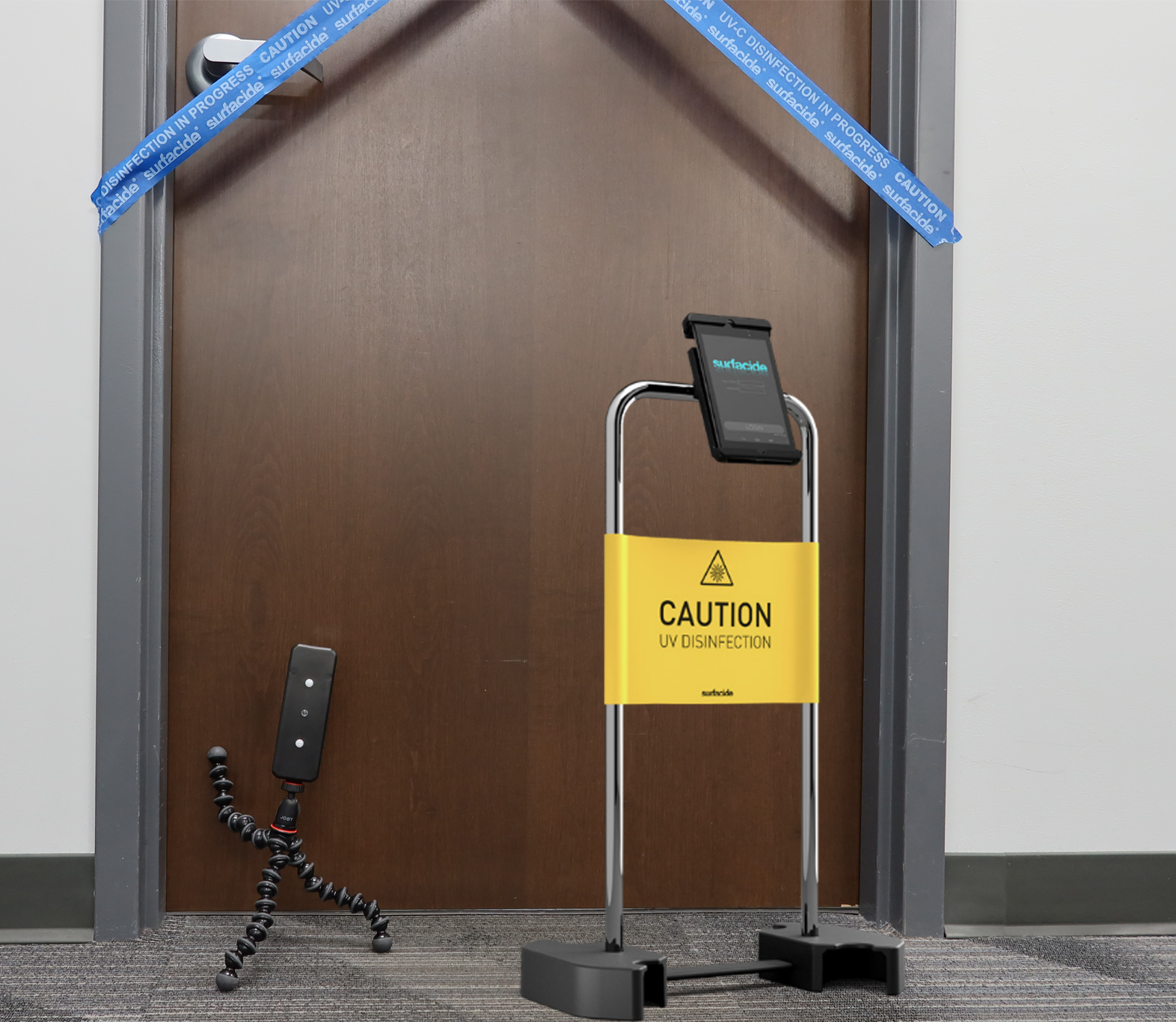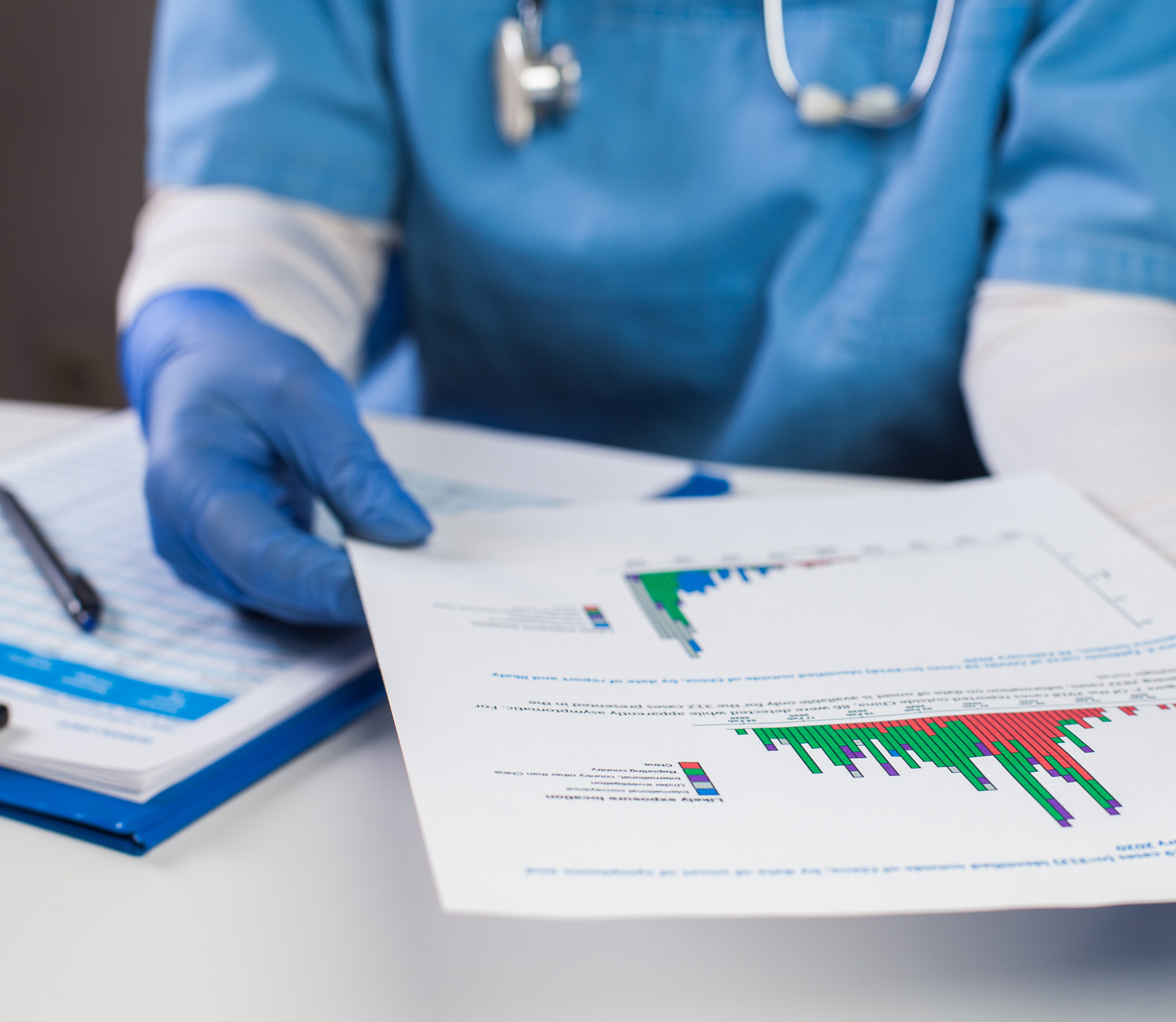Building a Health Care System that Ensures Patient Safety is Resilient
According to the World Health Organization (WHO) Director-General Tedros Adhanom Ghebreyesus, unfortunately, the answer is no, we are not prepared for Disease X. He recently spoke at the World Government Summit in Dubai and said humanity is not remotely prepared for the next global pandemic. Covid-19 may seem like it’s in the rearview mirror, and we’ve gone back to living our day-to-day lives, but another pandemic, even deadlier than Covid-19 is on the horizon.
Disease X is the name given to a hypothetical disease or pathogen that humanity is not equipped to deal with. And even though the aftermath of Covid-19 left millions of people dead, as well as social, economic, and political ramifications that are still being felt today, the lessons we learned are in danger of being forgotten as our attention turns to the many other crises facing our world.
Covid-19 was a Disease X – a new pathogen causing a new disease. The next Disease X may be caused by an influenza virus, a new coronavirus or it may be caused by a new pathogen we don’t even know about yet.
Given that we know the next Disease X is inevitable, we must do more to ensure our healthcare system has the infrastructure to provide a culture of patient safety. As stated in a perspective in The New England Journal of Medicine, for about two decades, the U.S. healthcare system was making strides in improving patient safety, as demonstrated by the reduction of health care-associated infections and other complications of care. But since Covid-19 began many indicators make it clear that health care safety has declined.
Earlier this year, doctors in Oregon confirmed the state’s first human case of bubonic plague in almost ten years, With Covid 19 being one of the deadliest pandemics in human history and other serious threats like bubonic plague looming, now is it not the time for us to put our heads in the sand and pretend we’re not going to be faced with another deadly worldwide pandemic.
So what can we do now? One important step is having our healthcare leaders and executives implement the latest technology in their hospital’s cleaning protocols. As Dr. Devin Jopp, the Chief Executive Officer of the Association for Professionals in Infection Control & Epidemiology (APIC), stated in a recent op-ed in Fast Company, healthcare CEO’s should get to know and regularly communicate with their new best friend – their infection preventionists (IPs), healthcare professionals with specialized training and certification in infection prevention and control. Why? It’s one of the best opportunities to help improve patient safety, protect the organization’s reputation, and achieve better financial outcomes.
At Surfacide we know very well given our expertise in the infection prevention space that engaged IPs help their facilities reduce the number of patients that may acquire a healthcare-associated infection (HAI) during their hospital stay. In fact, every year in the U.S., approximately 500,000 hospitalized patients get an HAI while being treated for something else.
IPs and the evidence-based strategies they deploy also help reduce the transmission of common respiratory viruses such as RSV and the flu, to emerging and re-emerging infectious diseases such as COVID-19, measles, and Candida auris, which is good news when it comes to us as a society preparing for the next Disease X.
But back to the bigger picture, as stated in the perspective in The New England School of Medicine, unfortunately the U.S. health care sector hasn’t instituted a thorough system of safety that reaches from the boardroom to the front lines and that can be maintained during times of crisis.
It’s not “if” but “when” the next Disease X is coming so let’s be proactive with our cleaning and infection prevention protocols and not get caught flat-footed, as overall human safety and global wellbeing are at stake.
I National Healthcare Quality and Disparities Report chartbook on patient safety. Rockville, MD: Agency for Healthcare Research and Quality, February 2021 (https://www.ahrq.gov/sites/default/files/wysiwyg/research/findings/nhqrdr/chartbooks/patientsafety/2019qdr-patient-safety-chartbook.pdf).






